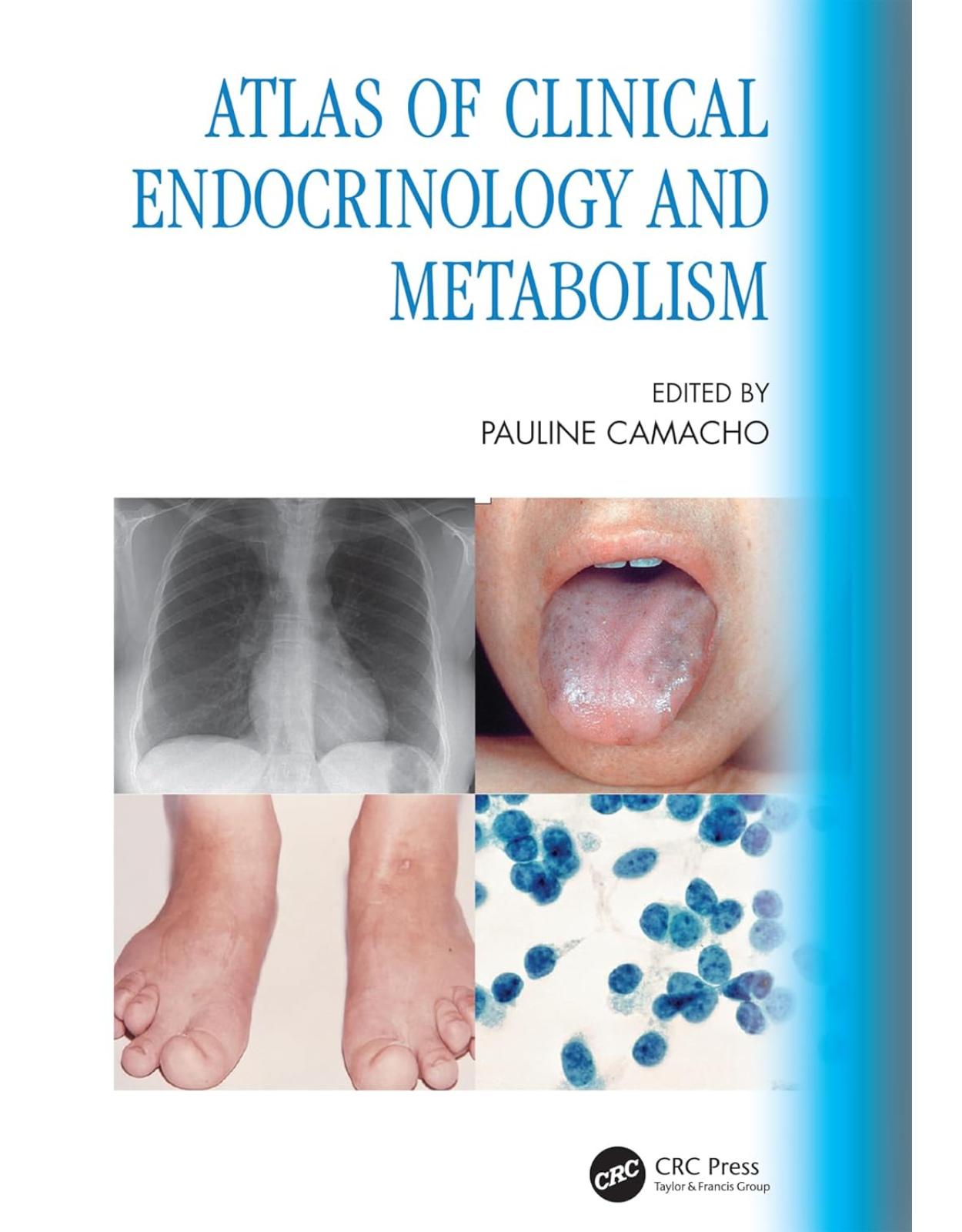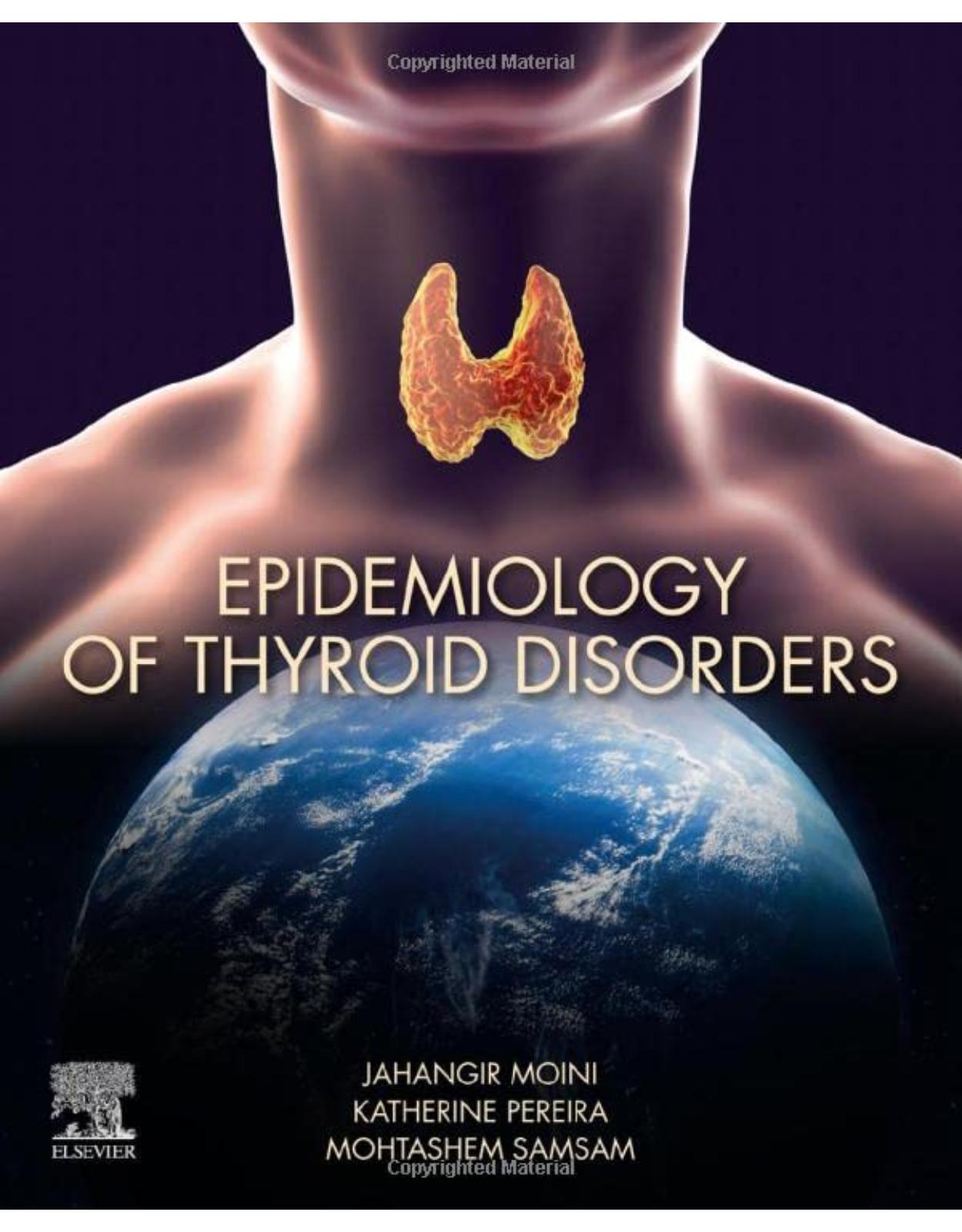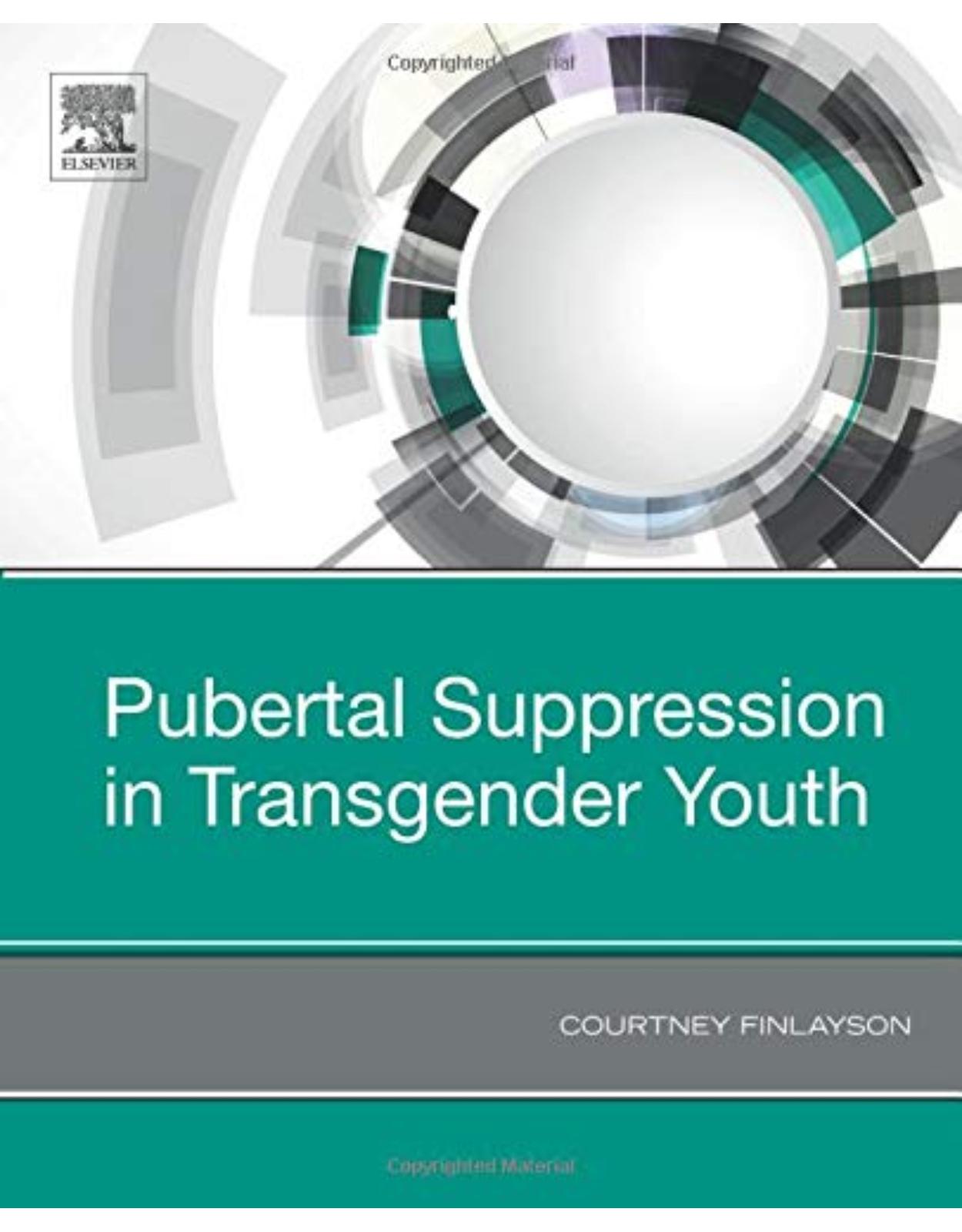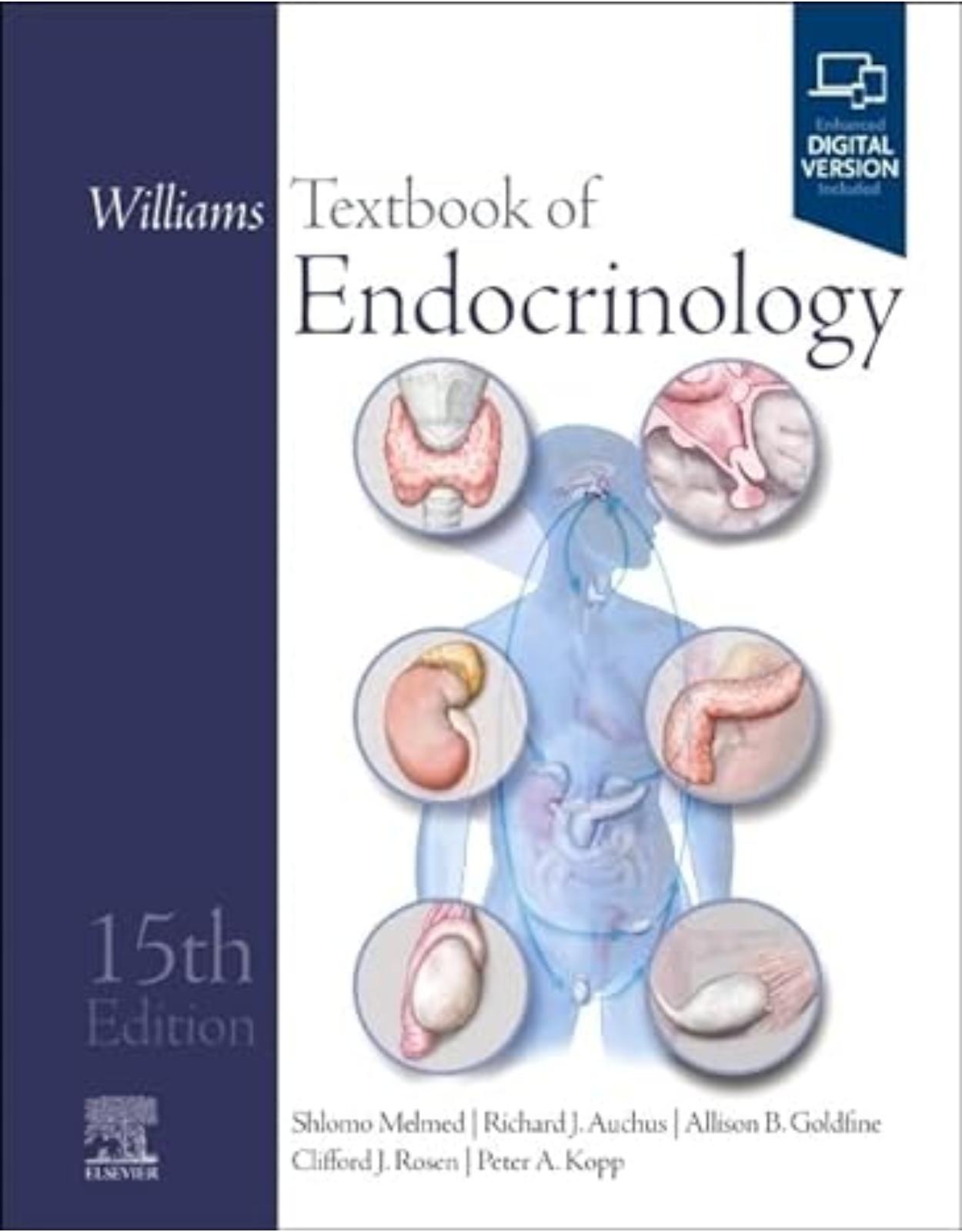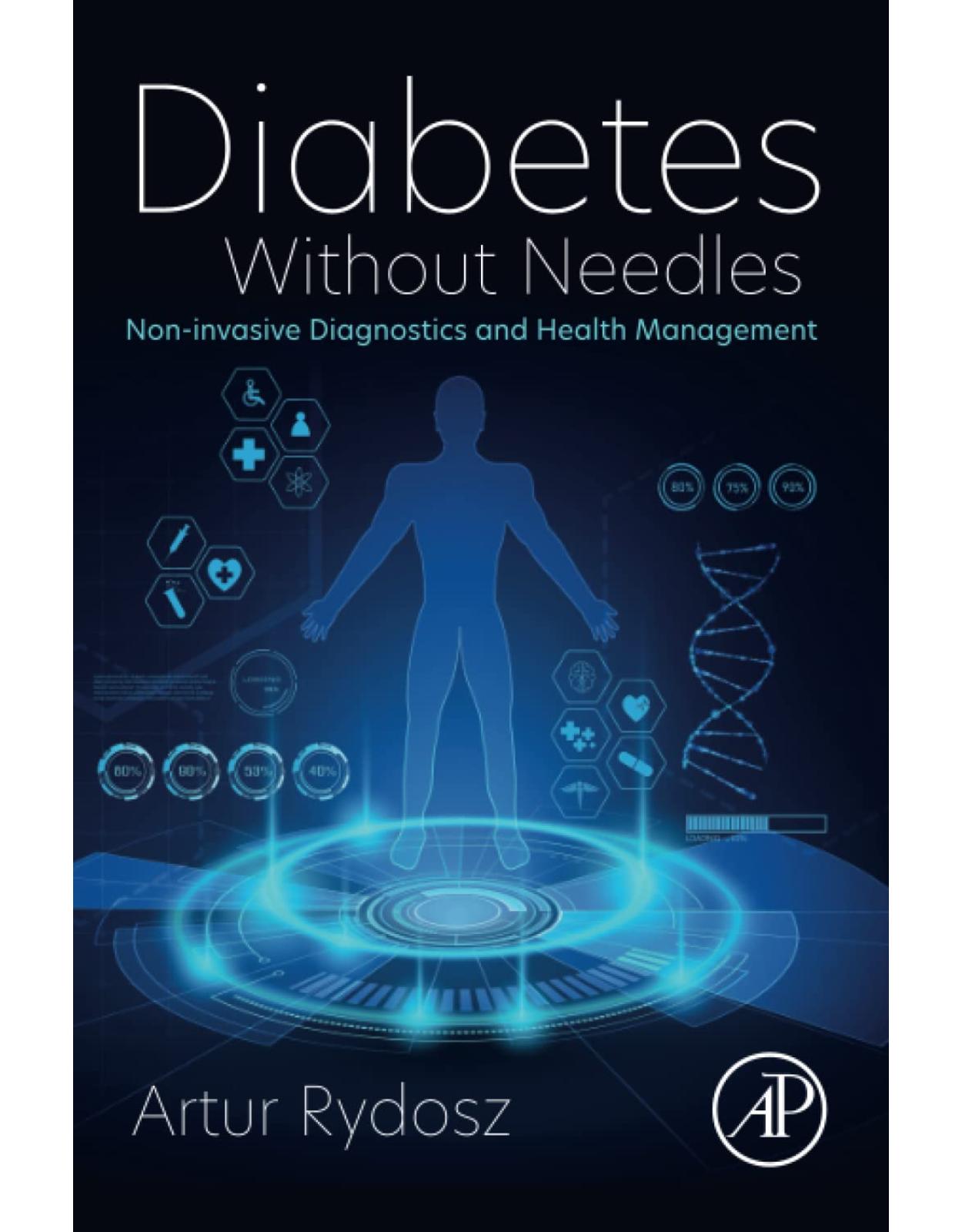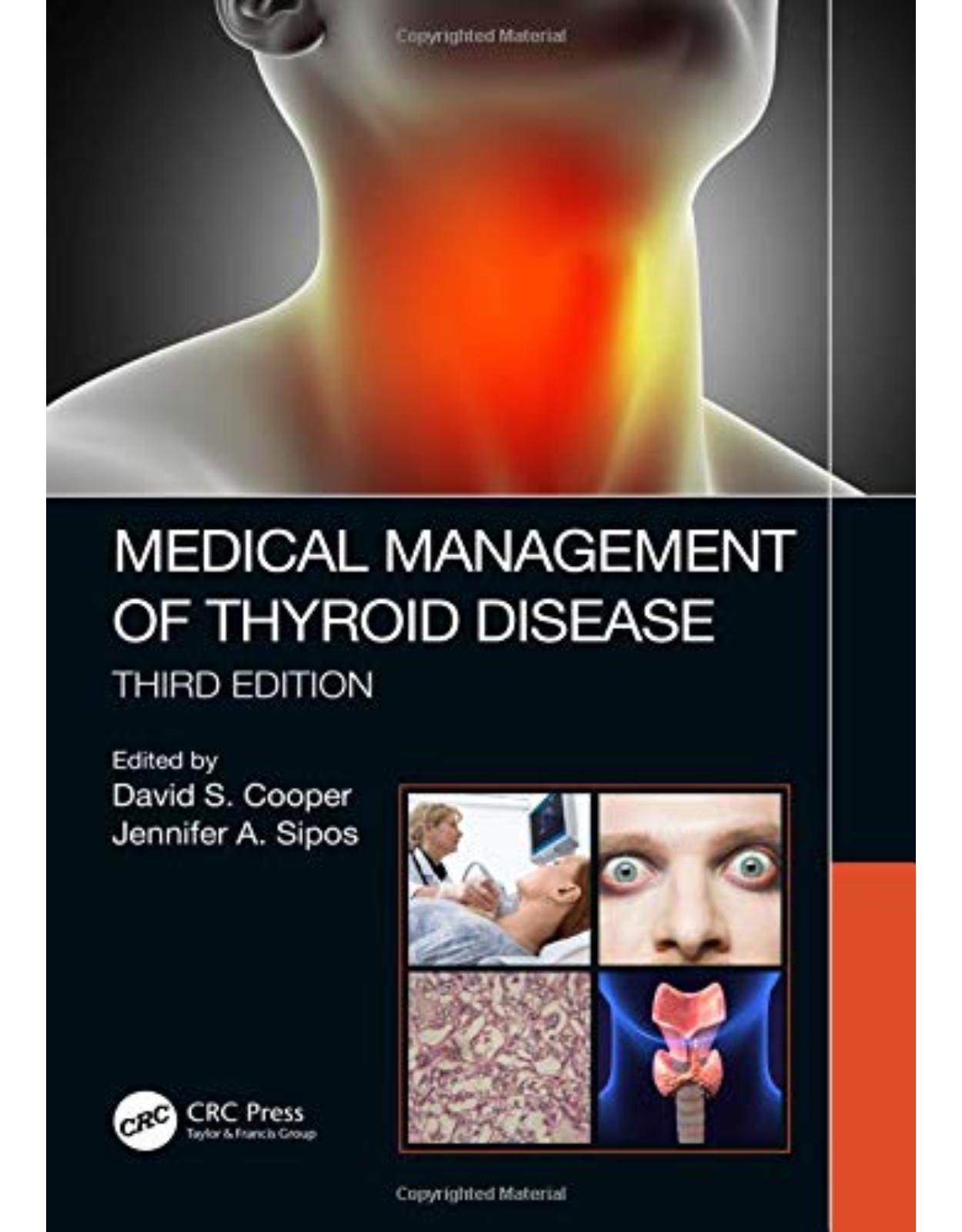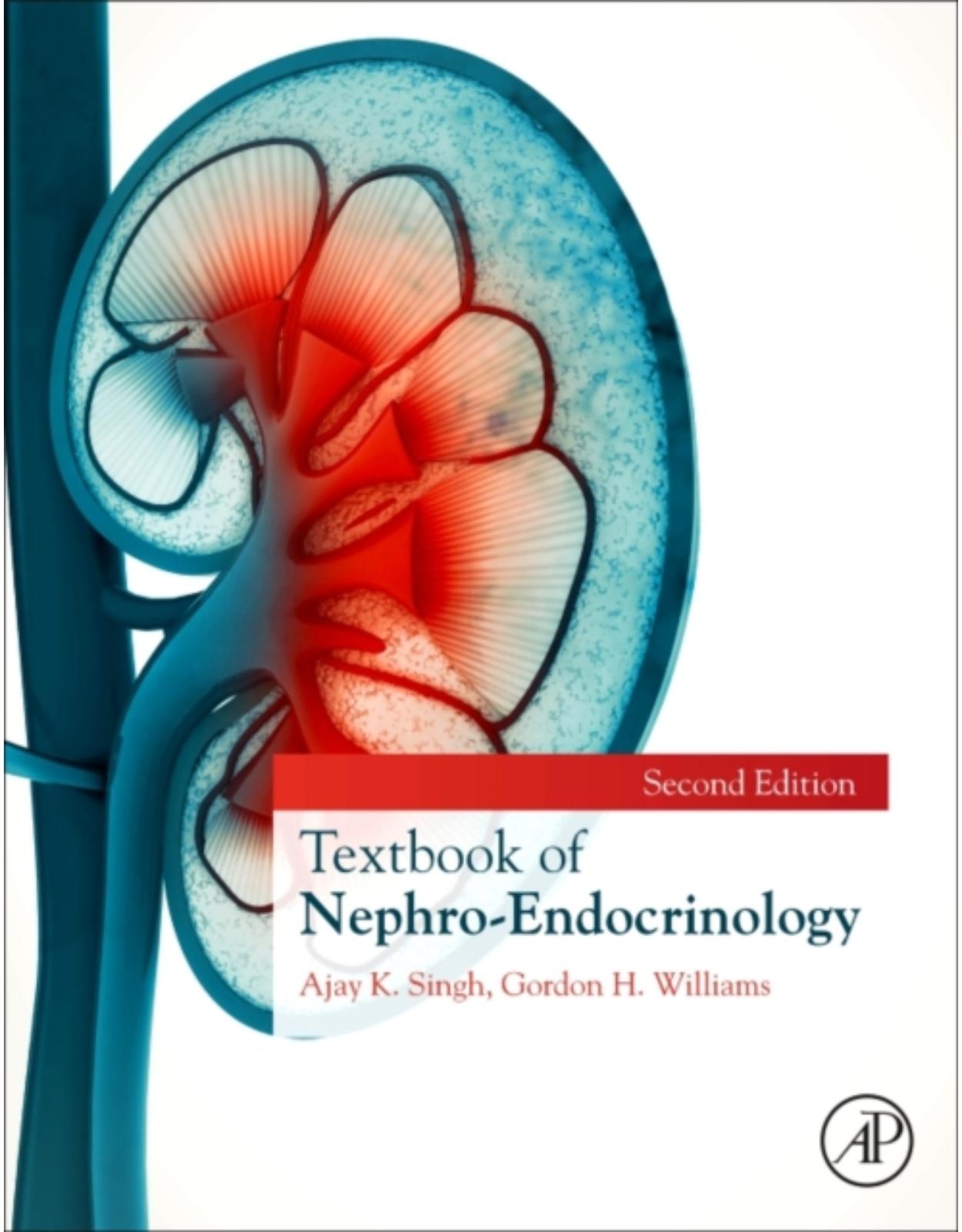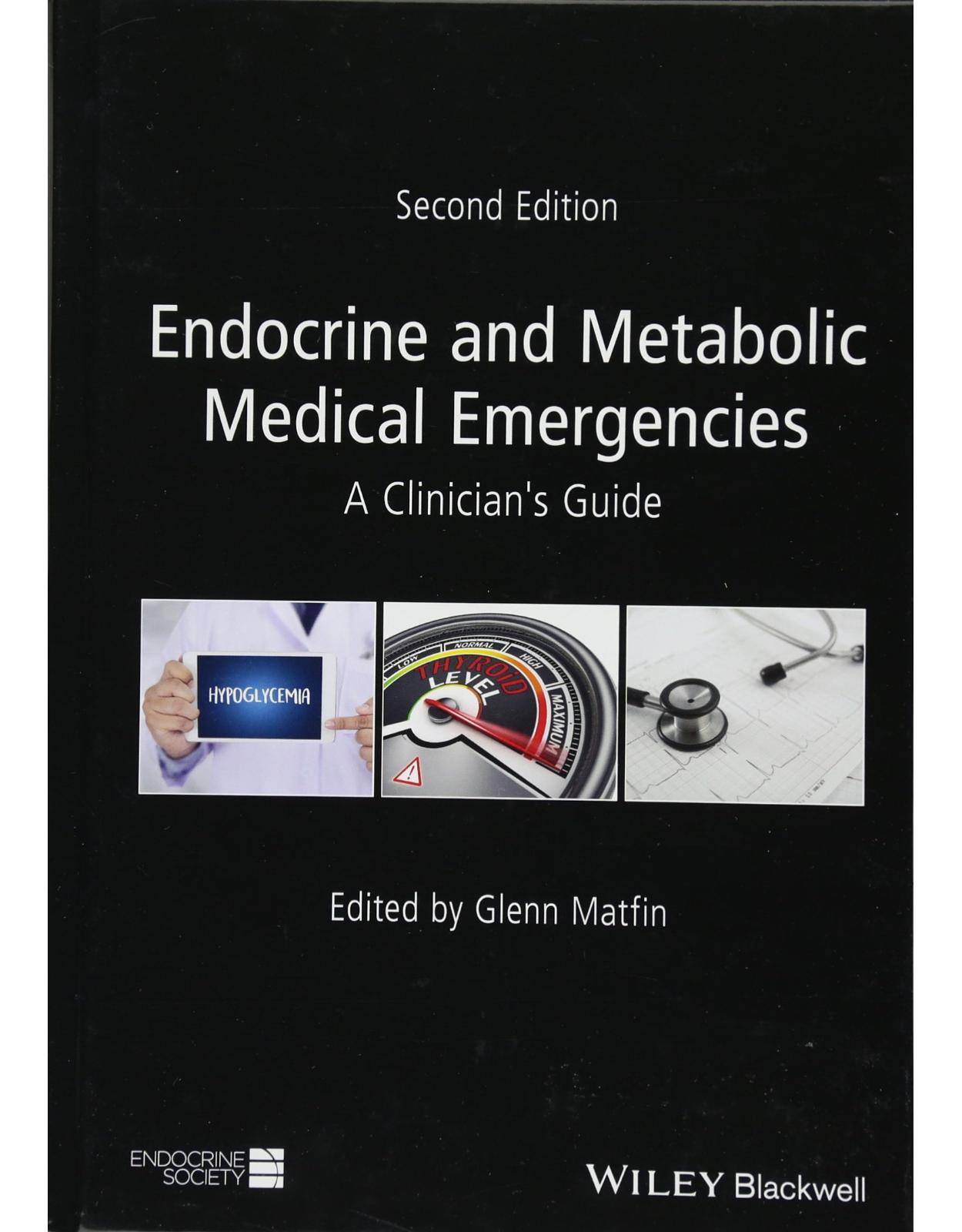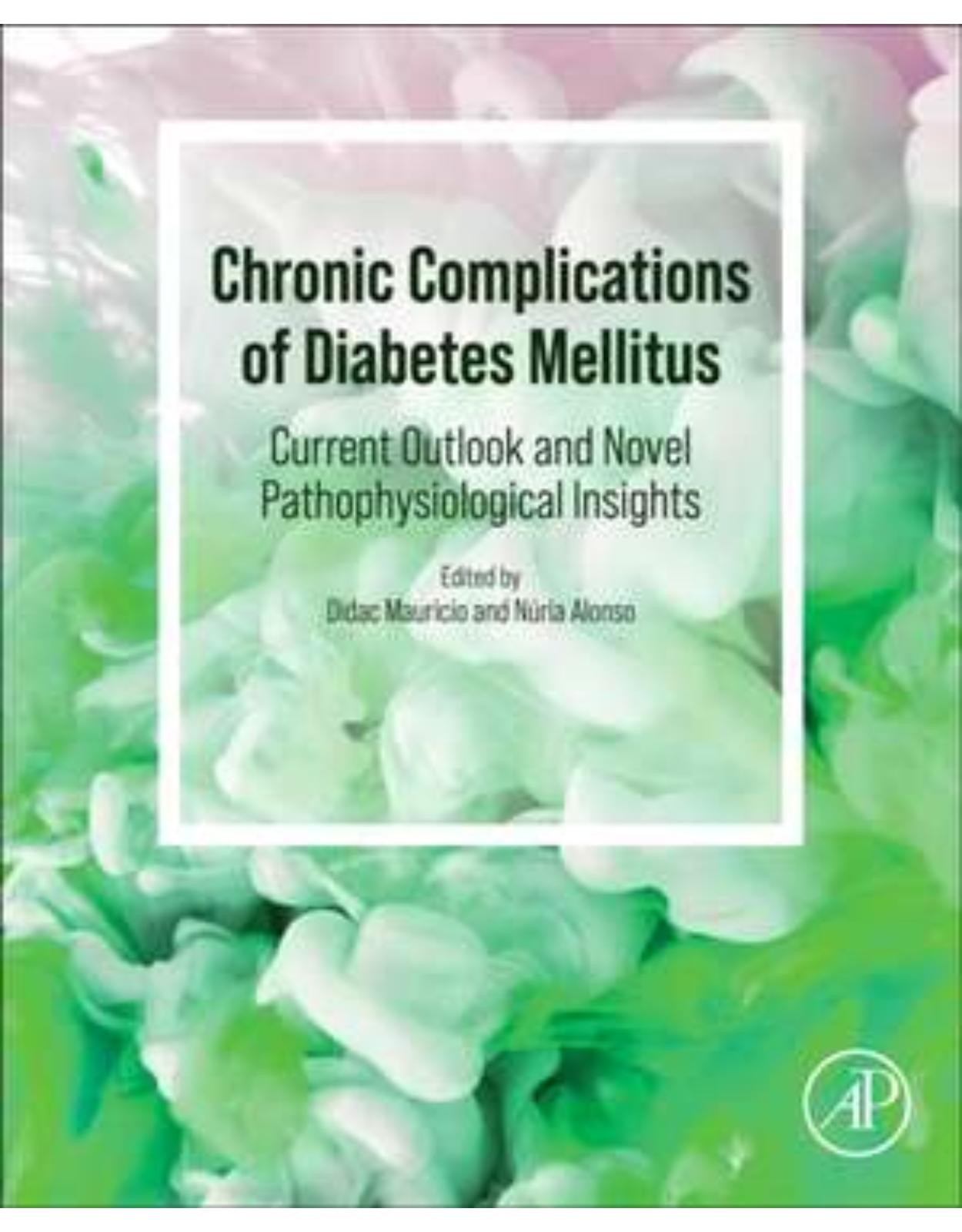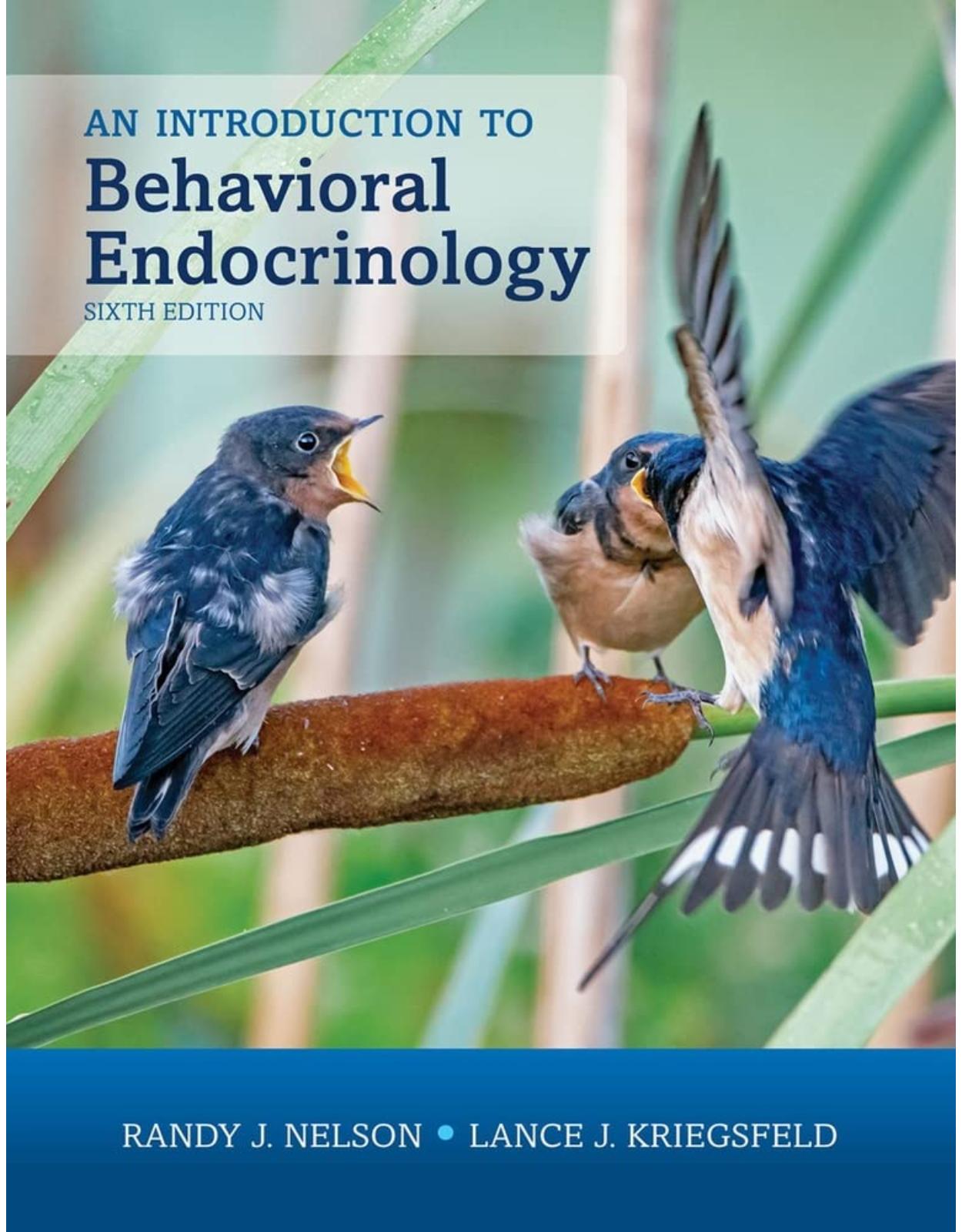
An Introduction to Behavioral Endocrinology, Sixth Edition
Livrare gratis la comenzi peste 500 RON. Pentru celelalte comenzi livrarea este 20 RON.
Disponibilitate: La comanda in aproximativ 4 saptamani
Editura: Oxford University Press
Limba: Engleza
Nr. pagini: 828
Coperta: Hardcover
Dimensiuni: 27.94 x 3.33 x 22.4 cm
An aparitie: 7 July 2022
Description:
The market-leading text, An Introduction to Behavioral Endocrinology, Sixth Edition provides an updated, integrated presentation of the study of hormone-behavior-brain interactions. Maintaining a comparative approach, the text explores the endocrine mechanisms that have evolved in both human and nonhuman animals to solve common problems in survival and reproduction.The text describes interactions among hormones, brain, and behavior from a historical perspective, emphasizing connections among key theories and tracing the emergence of important hypotheses. The book is organized around the conceptual theme that hormones affect behavior by influencing one or more of three "components" of behaving animals--input mechanisms (such as sensory or perceptual processes), the central processing mechanisms of the nervous system (either directly, or by affecting its development or structure), and output mechanisms (such as effectors or peripheral structures). Despite increased coverage of molecular and cellular approaches, the book strives for accessibility for non-biological science students.An Introduction to Behavioral Endocrinology, Sixth Edition, is appropriate for upper-level undergraduate and graduate courses in psychology, biology, anthropology, or zoology. It contains several important pedagogical features:*Learning objectives are set out at the beginning of each chapter and now include 3 multiple choice questions per objective in the enhanced ebook.*Learning Activity in each chapter (new to this edition)*Key terms are defined in the margins throughout the text.*The text is richly illustrated with color photographs and drawings.*Chapter-end summaries restate important points.*Discussion questions and suggested further readings are also included in each chapter.*The text contains nearly 2,400 references to the literature in behavioral endocrinology.RESOURCESFor StudentsAs with previous editions, the book is accompanied by animations, video, web links, sound files, a complete glossary, and graphics--accessible via Oxford Learning Link--to aid in understanding the material in the text.This edition will also include an enhanced ebook.For Instructors-The Instructor's Resource Library includes electronic versions of all the textbook's figures and tables. All images are provided as both high- and low-resolution JPEGs, formatted and optimized for excellent legibility when projected. All figures and tables are also provided in ready-to-use PowerPoint presentations.-The Test Bank includes multiple-choice, short-answer, and essay questions for each chapter of the textbook. Prepared by the author, these questions are a helpful resource that can greatly speed the process of preparing exams and quizzes for the course.
Table of Contents:
CHAPTER 1 The Study of Behavioral Endocrinology
1.1 Historical Roots of Behavioral Endocrinology
Berthold’s Experiment
1.2 What Are Hormones?
1.3 The Study of Behavior
Problems of Behavioral Research
What Can Be Learned from Studying Nonhuman Animal Models
1.4 How Might Hormones Affect Behavior?
1.5 How Might Behavior Affect Hormones?
1.6 Classes of Evidence for Determining Hormone-Behavior Interactions
1.7 Common Techniques in Behavioral Endocrinology
Ablation and Replacement
Immunoassays
Immunocytochemistry
Blot Tests
In Situ Hybridization
Pharmacological Techniques
Brain Imaging
Genetic Manipulations
Gene Silencing
Viral and Plasmid Gene Transfection
Gene Arrays and RNA Sequencing
Electrical Recording, Stimulation, and Optogenetics
A Case Study: Effects of Kisspeptin on Behavior
Summary
Questions for Discussion
Suggested Readings
List of Key Terms
CHAPTER 2 The Endocrine System
2.1 Chemical Communication
2.2 General Features of the Endocrine System
2.3 The Major Vertebrate Endocrine Glands and Their Hormones
Protein and Peptide Hormones
Hypothalamic Hormones
Rfamide Peptides
Anterior Pituitary Hormones
Posterior Pituitary Hormones
Thyroid and Parathyroid Hormones
Parathyroid and C-Cell Hormones
Pancreatic Hormones
Gastrointestinal Hormones
Adrenal Hormones
Adrenal medulla
Adrenal cortex
Pineal Hormones
Gonadal Hormones
Testes
Ovaries
Placental Hormones
Adipokine Hormones
Steroid Hormones
C21 Steroids: Progestins and Corticoids
C19 Steroids: Androgens
C18 Steroids: Estrogens
Neurosteroids
A Cautionary Aside
Monoamine Hormones
Adrenal Medullary Monoamine Hormones
Pineal Gland Hormones
Lipid-Based Hormones
2.4 How Hormones Are Regulated
2.5 Cellular and Molecular Mechanisms of Hormone Action
Hormone Receptor Types
Steroid Receptors
Protein and Peptide Hormone Receptors
Transcription, Translation, and Posttranslational Events
Summary
Questions for Discussion
Suggested Readings
List of Key Terms
CHAPTER 3 Sex Differences in Behavior: Sex Determination and Differentiation
3.1 Sex Determination and Differentiation
Ultimate Causes of Sex Differences
Proximate Causes of Sex Differences
3.2 Mammalian Sexual Differentiation
Atypical Mammalian Sexual Differentiation
DSD in Females
DSD in Males
Trisomy
3.3 Sexual Differentiation in Birds
3.4 Environmental Sex Determination in Reptiles and Fishes
3.5 Alternative Reproductive Tactics and Male Polymorphism
3.6 The Effects of Hormones on Sexually Dimorphic Behaviors
The Organizational/Activational Hypothesis
Sexual Differentiation and Behavior
Early Effects of Androgens Mediated by Activational Effects of Sex Steroids
Epigenetic Influences on Sexual Differentiation
Environmental Influences on Mammalian Sexual Differentiation of the Nervous System
Effects of the Intrauterine Environment
Effects of Maternal Care
Environmental Endocrine Disruptors
3.7 Conclusions
Summary
Questions for Discussion
Suggested Readings
List of Key Terms
CHAPTER 4 Sex Differences in Behavior: Animal Models and Humans
4.1 Why Study Sex Differences?
4.2 Neural Bases of Mammalian Sex Differences
4.3 Molecular Sex Differences in the Brain
4.4 Animal Models for Sexually Dimorphic Behaviors
Birdsong
Neural Bases of Sex Differences in Birdsong
Hormonal Influences on Song Control Centers
Courtship Behavior of the Plainfin Midshipman Fish
Rough-and-Tumble Play in Primates
4.5 Sex Differences in Human Behavior
Gender Role
Gender Identity
Sexual Orientation
4.6 Sex Differences in Cognitive Abilities
Sensory Processing
Pain
Olfaction
Taste
Audition
Vision
Lateralization of Cognitive Function
Verbal Skills
Mathematical Reasoning and Visuospatial Abilities
4.7 Conclusions
Summary
Questions for Discussion
Suggested Readings
List of Key Terms
CHAPTER 5 Male Reproductive Behavior
5.1 The Proximate Bases of Male Sexual Behavior
5.2 Historical Origins of Research on Male Sexual Behavior
5.3 Male Sexual Behavior in Rodents
Male Mating Behavior in Rats: A Description
Hormonal Correlates of Male Mating Behavior in Rodents
Brain Mechanisms of Male Rodent Mating Behavior
The Preoptic Area
The Chemosensory System
The Role of the Amygdala
Electrical/Optogenetic Stimulation and Recording Studies
Implant Studies
Autoradiographic and Immunocytochemical Studies
The Role of Neurotransmitters
Gene Manipulation Studies
Social Influences on Male Rodent Mating Behavior
Individual Differences in Male Rodent Mating Behavior
5.4 Male Sexual Behavior in Primates
The Strength of the Sex Drive in Human Males
Human Male Sexual Behavior: A Description
Nonhuman Primate Male Sexual Behavior: A Description
Hormonal Correlates of Primate Male Sexual Behavior
Treatment of Paraphilias
Nonhuman Primate Studies
Brain Mechanisms of Primate Male Sexual Behavior
Social Influences on Men’s Sexual Behavior
Individual Variation and Effects of Aging on Male Sexual Behavior
Peptide Hormones and Male Sexual Behavior
5.5 Male Reproductive Behavior in Birds
5.6 Conclusions
Summary
Questions for Discussion
Suggested Readings
List of Key Terms
CHAPTER 6 Female Reproductive Behavior
6.1 Early Discoveries about Female Sexual Behavior
The Development of the Vaginal Cytological Assay
Research in the Twentieth Century
6.2 Mammalian Female Mating Behavior: A Description
Rodents
Canines
Primates
6.3 Are Females Active Participants in Sexual Behavior?
6.4 Components of Female Sexual Behavior
Attractivity
Proceptivity
Receptivity
Female Control of Copulation
Female Pacing of Copulation
6.5 Female Reproductive Cycles
Types of Reproductive Cycles
The Ecology of Reproductive Cycles
Social and Environmental Effects on Reproductive Cycles
The Role of Pheromones
Environmental Effects
6.6 Experimental Analyses of Female Sexual Behavior
Hormonal Correlates of Female Reproductive Cycles
The Ovarian Cycle in Rodents
The Ovarian Cycle in Primates
The Ovarian Cycle in Ewes
Mechanisms Underlying Sex Differences in Reproductive Axis Control
Neural Mechanisms Mediating Female Sexual Behavior
Gene Knockouts
A Neural Model of Lordosis
Spinal Cord Module
Lower Brain Stem Module
Midbrain Module
Hypothalamic Module
Forebrain Module
6.7 Neural Mechanisms Underlying Primate Sexual Behaviors
Summary
Questions for Discussion
Suggested Readings
List of Key Terms
CHAPTER 7 Parental Behavior
7.1 Parental Investment Theory
7.2 Sex Differences in Parental Behavior
7.3 Parental Behavior in Birds
Endocrine Correlates of Avian Parental Behavior
Avian Maternal Behavior
Avian Paternal Behavior
Neural Regions Associated With Avian Parental Behavior
7.4 Parental Behavior in Mammals
Mammalian Maternal Behavior
Mammalian Paternal Behavior
Endocrine Correlates of Mammalian Parental Behavior
Sensitization, or PUP Induction
Motivation and Maternal Behavior
Experiential Influences on Maternal Behavior
The Onset of Maternal Behavior
Maternal Aggression
Maintenance and Termination of Maternal Behavior
Endocrine Correlates of Primate Parental Behavior
Maternal Behavior in Humans
Paternal Behavior in Humans
Neural Changes Associated with Mammalian Parental Behavior
Maternal Behavior
Paternal Behavior
7.5 Conclusions
Summary
Questions for Discussion
Suggested Readings
List of Key Terms
CHAPTER 8 Hormones and Social Behavior
Affiliation
8.1 Imaging Studies of Humans
8.2 Adaptive Function of Affiliation
8.3 Hormones and Affiliation
8.4 Evolutionary Basis for Social Effects of the Nonapeptides
8.5 Opioids and Affiliation
Aggression
8.6 Seasonal Changes in Aggression
Aggression and the Breeding Cycle: Red Deer
Aggression and Winter Survival: Birds
Aggression and Winter Survival: Rodents
Do Seasonal Hormonal Changes in Primates Correlate with Aggression?
8.7 Pubertal Changes in Aggression
Social Influences on the Development of Aggressive Behavior
The Timing of Puberty: Birds
8.8 Sex Differences in Aggressive Behavior
Organization and Activation of Aggression: Mice
Play Behavior: Primates
8.9 Individual Differences in Aggression
Hormones and Behavior
8.10 Social Experience Feeds Back to Influence Hormone Concentrations
The Challenge Hypothesis: Birds
Conditioned Social Defeat
Hormones, Competition, and Violent Behavior: Humans
8.11 Physiological Mechanisms Mediating Hormonal Effects on Aggressive Behaviors
Brain Regions Associated with Aggression
Brain Steroid Hormone Receptors
Estrogen Receptors
Androgen Receptors
Serotonin
Vasopressin
8.12 Conclusions
Summary
Questions for Discussion
Suggested Readings
List of Key Terms
CHAPER 9 Homeostasis and Behavior
9.1 Basic Concepts in Homeostasis
Fluid Balance
Endocrine Regulation of Fluid Balance and Thirst
Sodium Balance
How Do Hormones Regulate Drinking Behavior?
9.2 Energy Balance
Metabolism during the Well-Fed State
Metabolism during the Fasting State
9.3 Dysregulated Energy Metabolism
9.4 Primary Sensory Signals and Secondary Mediators
9.5 Control of Food Intake
Peripheral Signals
Ghrelin
Central Signals: The Role of the Hypothalamus
Hindbrain and Brain Stem
Central Anabolic Effectors: Peptides That Promote Food Intake
Neuropeptide Y
Agouti-Related Protein
Melanin-Concentrating Hormone
Pancreatic Polypeptide
Orexin
Neurosecretory Protein GL (NPGL)
Central Catabolic Effectors: Peptides That Inhibit Food Intake
Melanocortins
CART
Protein Hormones That Stop Food Intake
Cholecystokinin
Bombesin
Amylin
Corticotropin-Releasing Hormone
Glucagon-Like Peptide 1 (GLP-1)
Adiponectin
Peptide Tyrosine-Tyrosine (PYY)
Other Factors That Influence Food Intake
Endorphins
The Role of the Liver
9.6 Gonadal Steroid Hormones, Food Intake, and Body Mass
Estrogens and Progestins
Androgens
Inhibition of Reproduction to Maintain Energy Balance
Specific Hungers
9.7 Conclusions
Summary
Questions for Discussion
Suggested Readings
List of Key Terms
CHAPTER 10 Biological Rhythms
10.1 Exogenous versus Endogenous Control of Biological Clocks
10.2 Types of Biological Clocks and Rhythms
Examples of Biological Rhythms in Behavior
Circadian Rhythms
Circatidal Rhythms
Circalunar Rhythms
Circannual Rhythms
Adaptive Function of Biological Clocks
10.3 Circadian Clocks
Localization and Characterization of Circadian Clocks
Molecular Mechanisms of Circadian Clocks
SCN as Master Circadian Clock
SCN Inputs and Outputs
10.4 Circadian Rhythms, Hormones, and Behavior
Effects of Hormones on the SCN
Effects of the SCN on Hormones
Glucocorticoids
Gonadotropins and Sex Steroid Hormones
Thyroid Hormones
Melatonin
Circadian Regulation of Food Intake
Circadian Control of Feeding
Food Entrainable Oscillators
10.5 Circadian Rhythms in Health and Disease
10.6 Circannual and Seasonal Rhythms
Ultimate and Proximate Factors Underlying Seasonality
Neuroendocrine Mechanisms Underlying Seasonality
Timing Mechanisms
Hibernation in Hamsters
Hibernation in Ground Squirrels
Breeding Seasons in Birds
Neural Mechanisms of Endogenous and Exogenous Seasonal Timekeeping
Activational Aspects of Timing Mechanisms
Steroid-Dependent Regulation of Reproduction
Steroid-Independent Regulation of Reproduction
Relationship of Behavior to Reproductive State
Aggressive Behavior
Brain Size and Learning
Seasonal Changes in Coping with Stress
Seasonal Cycles of Human Reproduction
10.7 Conclusions
Summary
Questions for Discussion
Suggested Readings
List of Key Terms
CHAPTER 11 Stress
11.1 Stress and Its Consequences
11.2 The Stress Response
What Is “Stress”?
11.3 Physiological Effects of the Stress Response
11.4 Pathological Effects of the Stress Response
11.5 Factors That Affect Stress Responsiveness
Perinatal Stress
Prenatal Stress
Neonatal Stress
Social Influences
Orphans
Psychosocial Dwarfism
11.6 Stress Effects on Reproductive Function
Males
Females
Sex Differences
Individual Differences
11.7 Stress and Social Behavior
Social Dominance
Post-traumatic Stress Disorder
11.8 Psychological Factors in Stress and Coping
Control
Predictability
Outlets for Frustration
Habituation
Summary
Questions for Discussion
Suggested Readings
List of Key Terms
CHAPTER 12 Learning and Memory
12.1 Components of Learning and Memory
Nonassociative Learning
Associative Learning
Memory
12.2 The Effects of Hormones on Learning and Memory
Epinephrine
The Peripheral Receptor Hypothesis
The Glucose Hypothesis
Insulin
Glucocorticoids
12.3 Sex Differences in Learning and Memory
Sex Differences and Stress
Effects of Estrogens
Effects of Androgens
12.4 Seasonal Fluctuations in Learning and Memory
Vasopressin and Oxytocin
Endogenous Opioids
Cholecystokinin
Summary
Questions for Discussion
Suggested Readings
List of Key Terms
CHAPTER 13 Hormones and Affective Disorders
13.1 Androgens and Affective Disorders
13.2 Hormones and Eating Disorders
Anorexia Nervosa
Bulimia Nervosa
13.3 Postpartum Depression
13.4 Hormones and Depression
Thyroid Hormones
Growth Hormone and Prolactin
Cortisol
Estrogens
13.5 Perimenstrual Syndrome
The Social Context of PMS
What Is PMS?
Hormonal Correlates of PMS
Cognitive Features of PMS
13.6 Seasonal Affective Disorder
Summary
Questions for Discussion
Suggested Readings
List of Key Terms
Appendix List of Common Hormones
Glossary
References
Chapter 1
Box 1.1
Chapter 2
Box 2.2
Chapter 3
Box 3.1
Box 3.2
Box 3.3
Chapter 4
Box 4.1
Box 4.2
Box 4.3
Box 4.4
Box 4.5
Box 4.6
Box 4.7
Chapter 5
Box 5.1
Box 5.2
Box 5.3
Box 5.4
Box 5.5
Box 5.6
Chapter 6
Box 6.1
Box 6.2
Box 6.3
Box 6.4
Chapter 7
Box 7.1
Box 7.2
Box 7.3
Box 7.4
Box 7.5
Chapter 8
Box 8.1
Box 8.2
Box 8.3
Box 8.4
Box 8.5
Chapter 9
Box 9.2
Box 9.3
Chapter 10
Box 10.1
Box 10.2
Box 10.3
Chapter 11
Box 11.1
Box 11.2
Chapter 12
Box 12.1
Chapter 13
Box 13.1
Index
List of Illustrations
List of Tables
| An aparitie | 7 July 2022 |
| Autor | Randy J. Nelson, Lance J. Kriegsfeld |
| Dimensiuni | 27.94 x 3.33 x 22.4 cm |
| Editura | Oxford University Press |
| Format | Hardcover |
| ISBN | 9780197542750 |
| Limba | Engleza |
| Nr pag | 828 |
-
1,07200 lei 1,00400 lei

